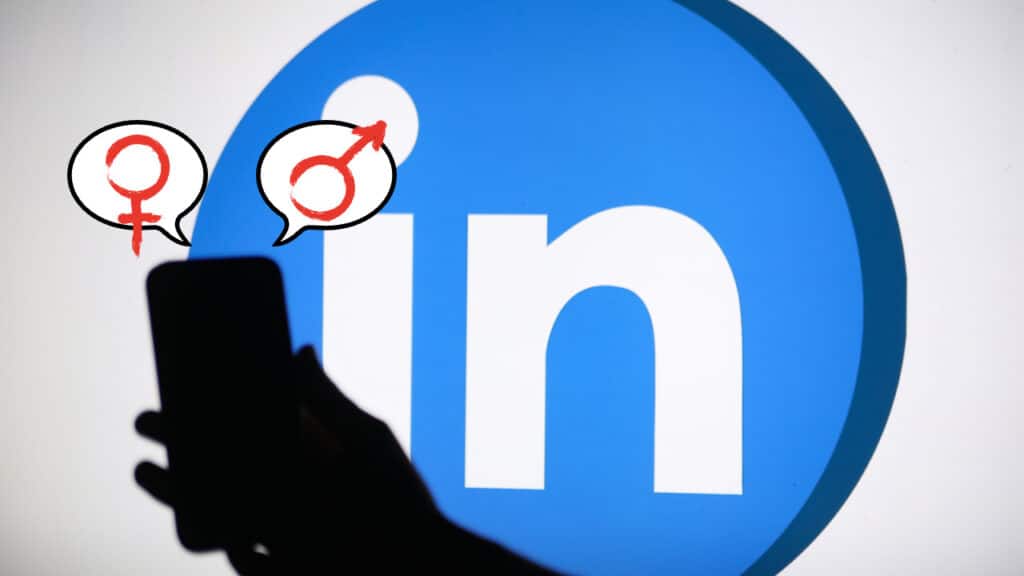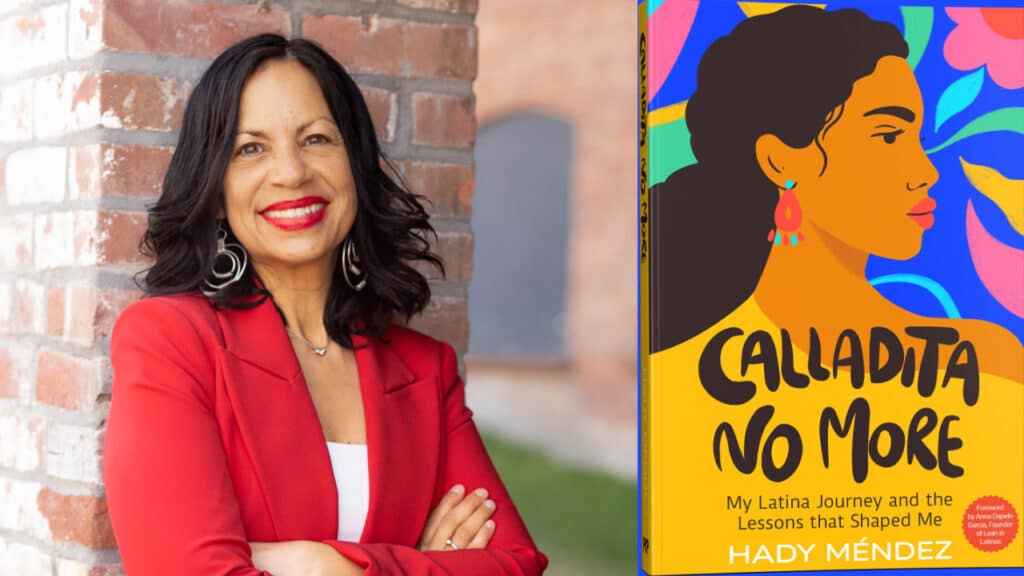Move Over, Hard Hats: Latinas and Black Women Are Running the Union Game
For years, unions have been associated with white men in hard hats. But today, Black and Latina women are changing that narrative. While women make up nearly half of union membership in the U.S., representation in top-level leadership roles has historically lagged. Especially for women of color.
Now, Black and Latina women are stepping into these roles, transforming how unions fight for workers’ rights.
Family-Friendly Benefits and Workplace Protections, What WOC Are Changing
With more Black and Latina women leading unions, the focus has shifted to issues disproportionately affecting women. These include family-friendly benefits and protections against sexual harassment.
Take Gwen Mills, the first female president of UNITE HERE in 150 years, for example. She has helped push for parental leave, affordable health care, and fair workloads for hospitality workers across six states. Under her leadership, more than 12,000 workers went on strike last month, demanding these essential protections.
As Keturah Johnson, international vice president for the flight attendant union AFA-CWA, told the Associated Press, “We’re not just there to serve Diet Coke.” Johnson, the first queer woman of color in her position, has been advocating for more inclusive uniform standards and protections for workers of all gender identities.
Latinas and Black Women Are Breaking Barriers in Male-Dominated Industries
While progress has been significant in female-dominated industries like hospitality and education, women still face challenges in male-dominated fields such as manufacturing and building trades. For labor historian Emily Twarog, there is still “a long way to go.”
One of the biggest hurdles is the ongoing issue of workplace sexual harassment and bias. Lisa Lujano, a member of the Carpenters Union Local 13 in Chicago, highlighted to the AP the need for more Black and Latina women in leadership roles to address these problems. “I think we would get more respect out in the field,” she said, noting that male leadership often overlooked women’s needs, such as safety gear that fits their bodies.
A New Era for Unions
Despite these challenges, Latinas and Black women are driving union growth in the U.S. In 2023, union membership for Black women increased from 10.3% to 10.5%, while Latina membership rose from 8.5% to 8.8%.
These gains may seem small, but they are significant in the context of decades-long declines in union membership across the board.
As Liz Shuler, the first woman to lead the AFL-CIO, said, “Our foremothers laid the foundation and have been pushing and kicking those doors open for decades.”
The Power of Representation
The presence of Latinas and Black women at the bargaining table is making a real difference.
For example, María Mata, a Latina housekeeper and union leader with UNITE HERE, played a pivotal role in securing panic buttons for hotel workers at the W San Francisco. This became a key tool for protecting women against harassment.
“Sometimes, as women, we need something that the men don’t know,” Mata said, emphasizing the importance of having women in leadership positions to advocate for their unique needs.
The Road Ahead For Women in Union Leadership
While Latinas and Black women are making strides in union leadership, there’s still much work to be done. Women-dominated industries, such as domestic work and child care, remain largely un-unionized, and women still lag behind men in overall union membership rates.
However, as more women of color step into leadership roles and push for worker-friendly policies, unions have the potential to become even more powerful tools for fighting income inequality and workplace injustice.




